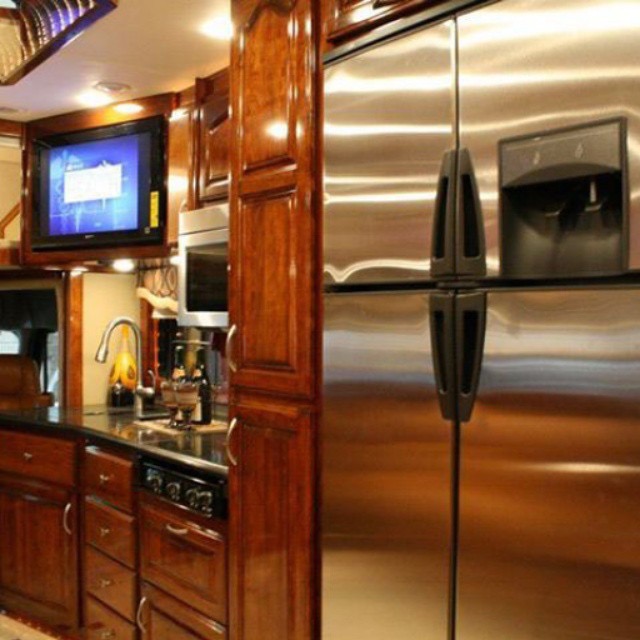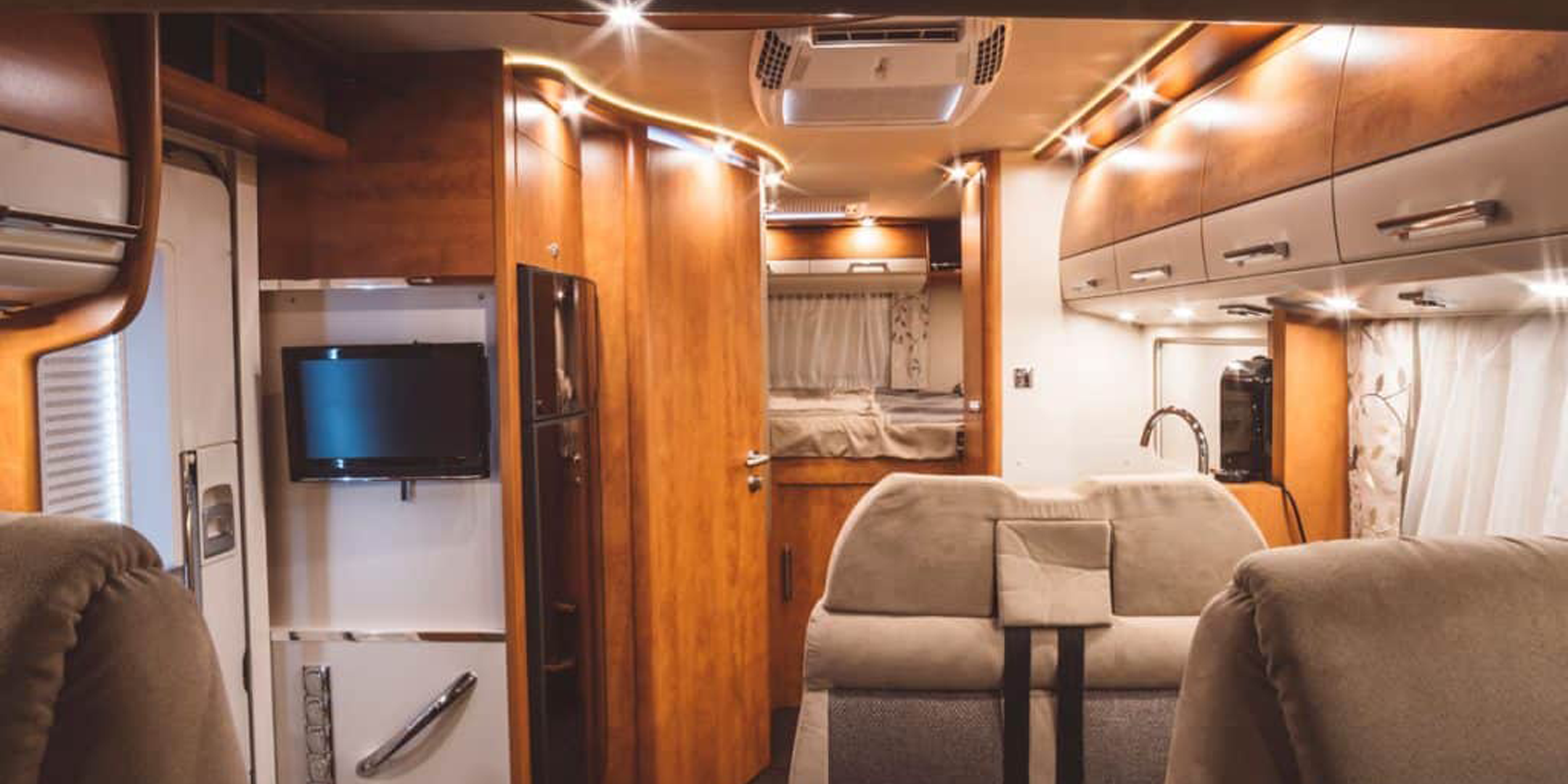
As any RV owner knows, propane is essential to life on the road as it is used for cooking, heating, and powering many appliances. Propane is a necessary part of the RV lifestyle, so people should know how to use it efficiently and safely.
Many RVs come equipped with a propane-powered fridge for a good reason; it is an affordable, readily available fuel source that can power your RV fridge without needing electricity. This post will show you how to set up and operate your RV fridge on propane to enjoy cold food and drinks even when you’re far from home.
How to Use and Power Propane Safely in Your RV
To run your fridge on propane, here are a few safety tips. First and foremost, ensure your propane tank is properly secured before traveling. Second, follow the manufacturer’s instructions when hooking your RV to a propane source. Finally, keep a fire extinguisher handy in an emergency.
We’ve covered the basics of propane safety. Next, let’s move on to powering your RV fridge. The first thing you’ll need to do is make sure your fridge is level. If it’s not level, you could end up with spoilage. Once your fridge is level, open the door and adjust the thermostat to the coldest setting.
Now it’s time to connect your RV fridge to the propane tank:
- Locate the regulator knob on your tank and turn it counterclockwise until it stops.
- Find the black hose from your regulator and attach it to the quick-connect coupling on your fridge.
- Open the valve on your regulator by turning the knob clockwise until it stops.
At this point, you should hear a hissing noise as the gas begins flowing through the hose. Again, this is normal and indicates that everything is working correctly.
If you don’t hear any gas flowing after a few minutes, check all your connections to ensure they’re secure. Once you hear gas flowing, turn on your fridge by flipping the switch inside (usually near the thermostat). You may need to wait a few minutes for the fridge to cool down before putting any food inside.
How to Run the Propane Fridge Correctly
Living in an RV requires knowing how to keep your food cold without relying on electrical hookups. Here’s a step-by-step guide to running your RV fridge on propane once you have set it up:
- Check For Leaks. Before you do anything, you need to ensure no leaks in your propane system. Check all of the connections and valves for any signs of leaks. If you find a leak, tighten the connection or replace the valve.
- Turn Off The Electricity: Once you’ve checked for leaks and ensured everything is secure, you can turn off the electricity to your RV fridge. This will prevent accidental power surges from damaging the refrigerator while running on propane.
- Switch The Fridge To Propane Mode: Most RV fridges have a switch that allows you to select whether you want to run the fridge on electricity or propane. Flip this switch to “propane” so the fridge knows to run on gas instead of electricity.
- Light The Pilot Light: Inside your RV fridge, a small pilot light ignites the propane flame. Use a match or lighter to ignite the pilot light. If you have trouble lighting it, consult your owner’s manual for troubleshooting tips.
- Adjust the temperature control knob:Once the pilot light is lit, you can adjust the temperature control knob to start cooling your food. The fridge may take a few minutes to get cold, so be patient!
- Use food items wisely: When running your RV fridge on propane, you must be mindful of what food items you put inside. Choose things that will not spoil quickly and do not require a lot of space so your fridge can run more efficiently.
- Keep an eye on the propane levels: Finally, you must monitor your propane levels and ensure enough fuel to last for the trip. It is always better to err on caution and have too much propane than not enough, so make sure you stock up before hitting the road!
How much Propane is Required?
The size and age of your RV fridge will determine how much propane it needs. The efficiency of older models is lower. Additionally, you will likely need more propane to run a larger refrigerator.
How to Maintain the RV Fridge?

Ensuring you’re keeping up with regular fridge maintenance is the most straightforward approach to increasing your fridge’s efficiency.
- Cleanup and disassembly of the LP gas stove
- Dust and carbon buildup in the flue and flue baffle should be removed.
- Ignitor assembly cleaning
- Clean and vacuum the condenser fins and cooling units
- Verify the propane valve for leaks and make the necessary adjustments
Optional Use of Propane Sensors
Propane sensors help detect the presence and level of propane in the RV Fridge. They can prove to be a lifesaver and are a highly suggested buy.
Use the following advice to keep your propane sensor in good working order:
- Every week, test the detector.
- To ensure the led indicator is the right hue, periodically inspect the detector.
- Every week, vacuum and clean the detector cover. After washing your hands with a damp cloth or paper towel, use the gentle bristle connection on your vacuum to eliminate any remaining dust.
- Your propane detector should not be painted since the paint may block the vents and affect the sensor.
- Avoid using aerosols close to the detector.
Conclusion
Running an RV refrigerator on propane is a great way to power your fridge if you are cheap and easy to find. Plus, keeping the area around the refrigerator well-ventilated; however, doing so may cause some problems down the road if you don’t routinely clean and maintain your RV refrigerator as needed.
Thanks for reading, and we hope these tips help you understand how to run an RV refrigerator on propane!

